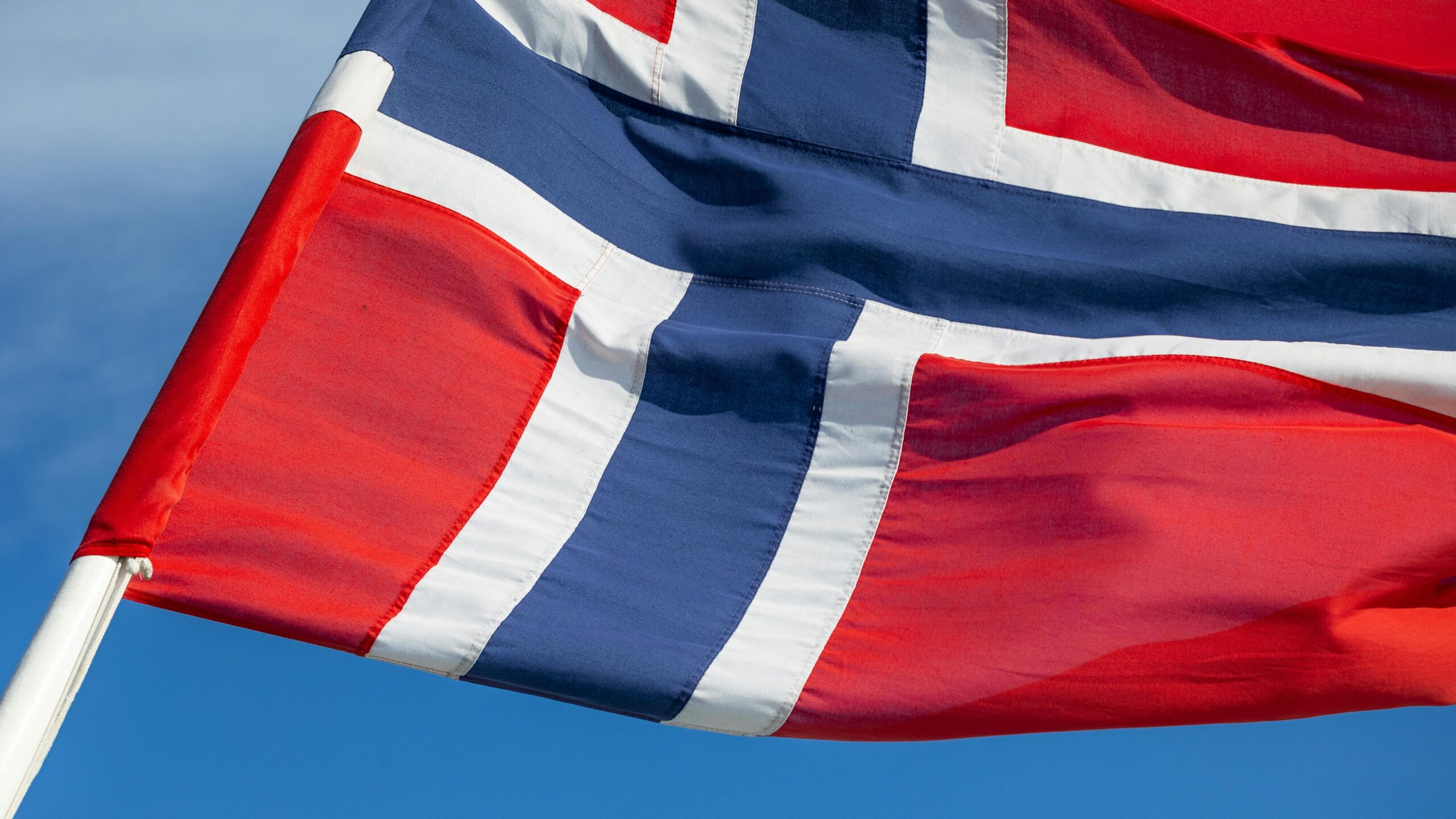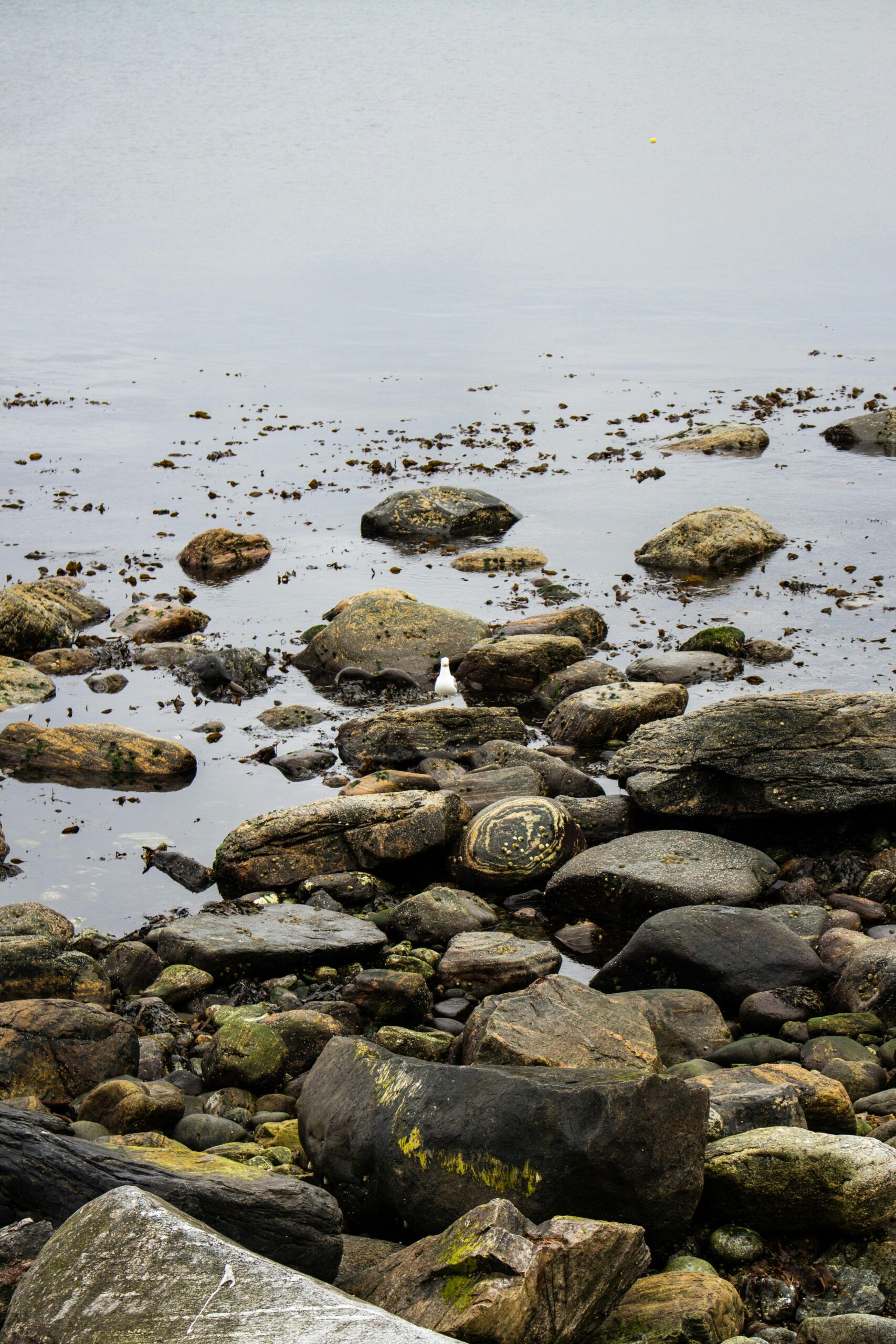
Our recent motorhome journey led us to the quiet and charming village of Alnes, located at the very end of some deep fjords. The village itself, while not completely breathtaking, holds a certain simple appeal. We were fortunate to have stopped here, as it’s one of the few options in this remote area. Our stay was incredibly pleasant and peaceful. To reach Alnes from Ålesund, we traveled through three impressive tunnels. The first, the Valderøy Tunnel, is about 1.9 miles long and dips to a depth of 259 feet below sea level. It was opened in 1988 and is known for being a key part of the road network connecting the islands of Giske and Valderøy. The second, the Ellingsøy Tunnel, is a much longer drive at 2.3 miles and goes even deeper, reaching 476 feet below the surface. This tunnel opened in 1987. Finally, we went through the Godøy Tunnel, a newer addition completed in 1989. It’s about 1.3 miles long and has a depth of 217 feet below sea level. Each of these tunnels is a testament to the engineering required to connect these remote communities. One of the highlights of our visit was the walk to the famous Alnes Lighthouse. The lighthouse, known as Alnes fyr, stands tall and proud, a beacon for sailors for over a century. The original lighthouse was built in 1852, but the current structure dates back to 1937. It’s a striking white tower that reaches 72 feet in height, with the lamp itself at 134 feet above sea level. The light has a range of approximately 16 nautical miles, a powerful beam guiding ships through the treacherous waters. The lighthouse is owned by the Norwegian Coastal Administration and today serves not only as a navigational aid but also as a popular tourist attraction. It has a rich history, having seen many changes over the decades, from the early days of oil lamps to the modern electric systems. It is possible to visit the lighthouse, but we didn’t. The views from the top are probably spectacular, offering a panoramic perspective of the sea and the rugged coastline, making it easy to understand why it’s such a popular and attractive landmark. The unique and pristine white structure against the deep blue of the sea and the green of the land makes for a truly beautiful sight. Another enjoyable part of our stay was a walk along an old road that has been converted into a paved path. This path winds through a hunting ground for deer. It is safe to hike here, as deer hunting is only permitted between September 1st and December 23rd. The rules for hunting are strict, requiring a license and adherence to specific regulations. The meat from hunted deer is a valuable commodity, and products like sausages and roasts are common. Deer are majestic creatures that have a significant presence in the Norwegian landscape, and it was a pleasure to see them roaming freely in their natural habitat. As a rule, it is important for everyone to be aware of the hunting season and to exercise caution. The village of Alnes itself, while simple and small, surprised us with how well-maintained it was, even in the mid-season when we were there. Every house and garden looked cared for, a sign of a proud community. At the port, we discovered a new feature: a sauna that can be rented. The port itself has a history rooted in fishing, with several breakwaters protecting a harbor that can accommodate boats with a draft of up to 16 feet. The sauna, a new addition to the port’s facilities, can be rented for 1000 Norwegian crowns, or you can get a two-hour session for about 230 Norwegian crowns per person. The sauna has a capacity for nine people and can be booked through an online application. This particular sauna’s history is linked to the recent trend of providing unique, waterfront experiences for tourists and locals alike, turning a functional port into a recreational hub. The economy of Alnes is primarily based on agriculture and sheep farming. The agriculture here is centered on small-scale farming of crops like potatoes and various vegetables, which are well-suited to the local climate. Sheep farming, however, has a much deeper history. Sheep have been an integral part of human development for millennia, providing food, wool, and skins. In Norway, sheep farming is a way of life in many rural areas, and here in Alnes, the sheep are still allowed to roam freely. This free-range grazing is a unique feature of the landscape, and it’s a critical reason why dogs must be kept on a leash all year round to prevent them from disturbing the animals. The breed of sheep commonly found here is the Norwegian white sheep, known for its high-quality wool and ability to thrive in the harsh climate.
%
We liked the town at:
